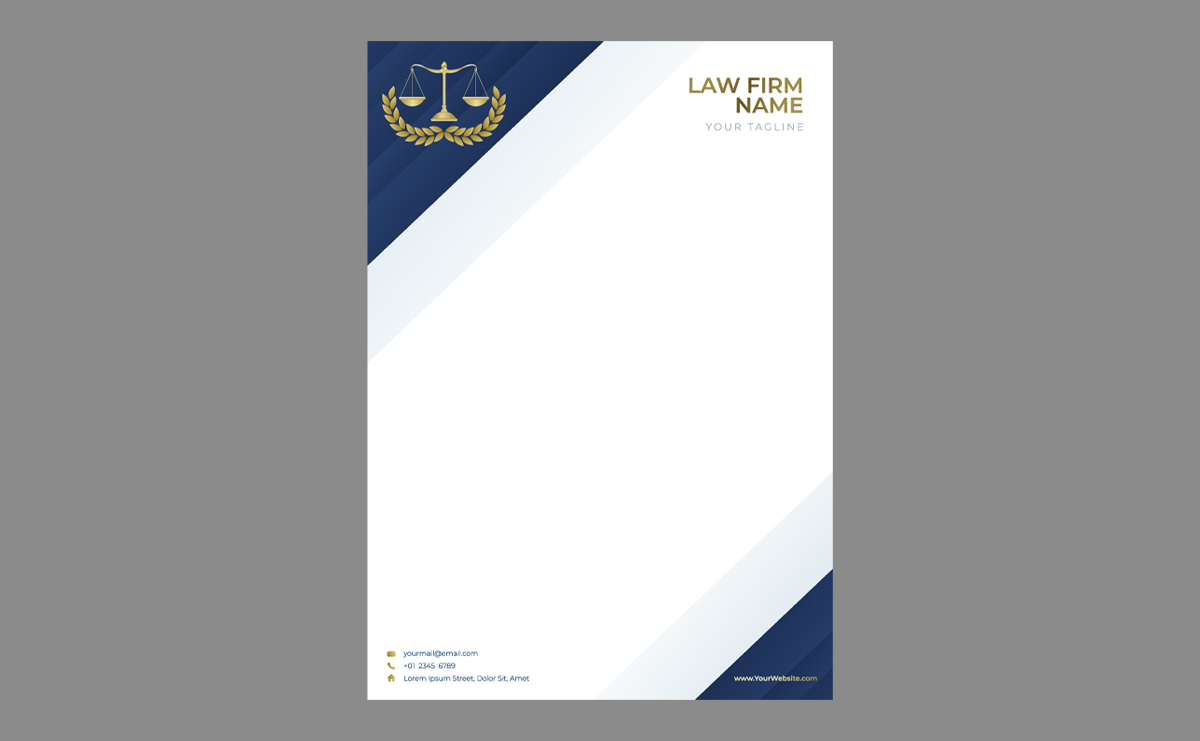Florida Bar | Escambia County – Penalty of Perjury
Verification of Applicability of Section 4024 of the CARES Act in Residential Evictions (Declaration under Penalty of Perjury) – Escambia County, Florida
The document is a legal form titled “Verification of Applicability of Section 4024 of the CARES Act in Residential Evictions (Declaration Under Penalty of Perjury).” It is used in the Escambia County Court, Florida, for eviction cases. The form requires the property owner to declare, under penalty of perjury, whether the property involved in the eviction is a “covered dwelling” as defined by the CARES Act. This designation depends on whether the property has a Federally backed mortgage loan or a Federally backed multifamily mortgage loan. The property owner must check the appropriate box on the form to indicate this status and, if the property is not a covered dwelling, provide the basis for this conclusion, including any databases or information sources used to determine the lack of a Federally backed loan. This form is crucial for ensuring compliance with the CARES Act in the context of residential evictions.
Here is a step-by-step guide on how to fill out this form:
Step 1: Verify Your Information
Your Name: Start by entering your full name at the designated space at the beginning of the form. Ensure that the name matches the one listed in the property records and legal documents associated with the eviction case.
Step 2: Identify the Property
Property Description: Under the section that requests the legal description of the property, make sure to provide the complete address and any additional identifying information that pertains to the property subject to eviction.
Step 3: Check the Applicability of the CARES Act
Covered Dwelling Status: You must determine whether the property is a “covered dwelling” under the CARES Act. This involves knowing whether the property has a Federally backed mortgage loan or Federally backed multifamily mortgage loan.
-
- If it is a covered dwelling, check the box that states the property is a “covered dwelling” as defined by Section 4024(a)(1) of the CARES Act.
- If it is not a covered dwelling, check the corresponding box and be prepared to provide evidence or documentation in the next step.
Step 4: Provide Supporting Evidence
- Basis for Conclusion: If you checked that the property is not a covered dwelling, you must explain the basis of this conclusion. This involves:
- Database or Information Source: Specify the database or source of information you used to verify that the property does not have a Federally backed mortgage or multifamily mortgage loan. Include any relevant details or reference numbers that can validate your claims.
Step 5: Declaration and Signature
- Declaration: Read the declaration statement carefully, which states that the information provided is true and correct to the best of your knowledge and that you are legally capable of making this declaration.
- Signature and Date: Sign the form and date it to validate the declaration. The signature must be done in front of a notary or as per the court’s specific requirements to ensure the form is legally binding.
Step 6: Attach Required Documents
Attachment of CARES Act Definition: If your form references an attachment for the definition of “covered dwelling” under the CARES Act, ensure that this attachment is included with your submission to provide clarity and support for your claims.
Step 7: Review and Submit
- Final Review: Double-check all entries and attachments for completeness and accuracy.
- Submission: Submit the completed form to the appropriate court or legal body as directed in your eviction proceedings. Ensure you keep a copy for your records.
By following these steps, you can accurately and confidently complete this form, aiding in compliance with legal standards and helping to streamline the eviction process.
Disclaimer: This guide is provided for informational purposes only and is not intended as legal advice. You should consult the Residential Tenancies Act or a legal professional.




